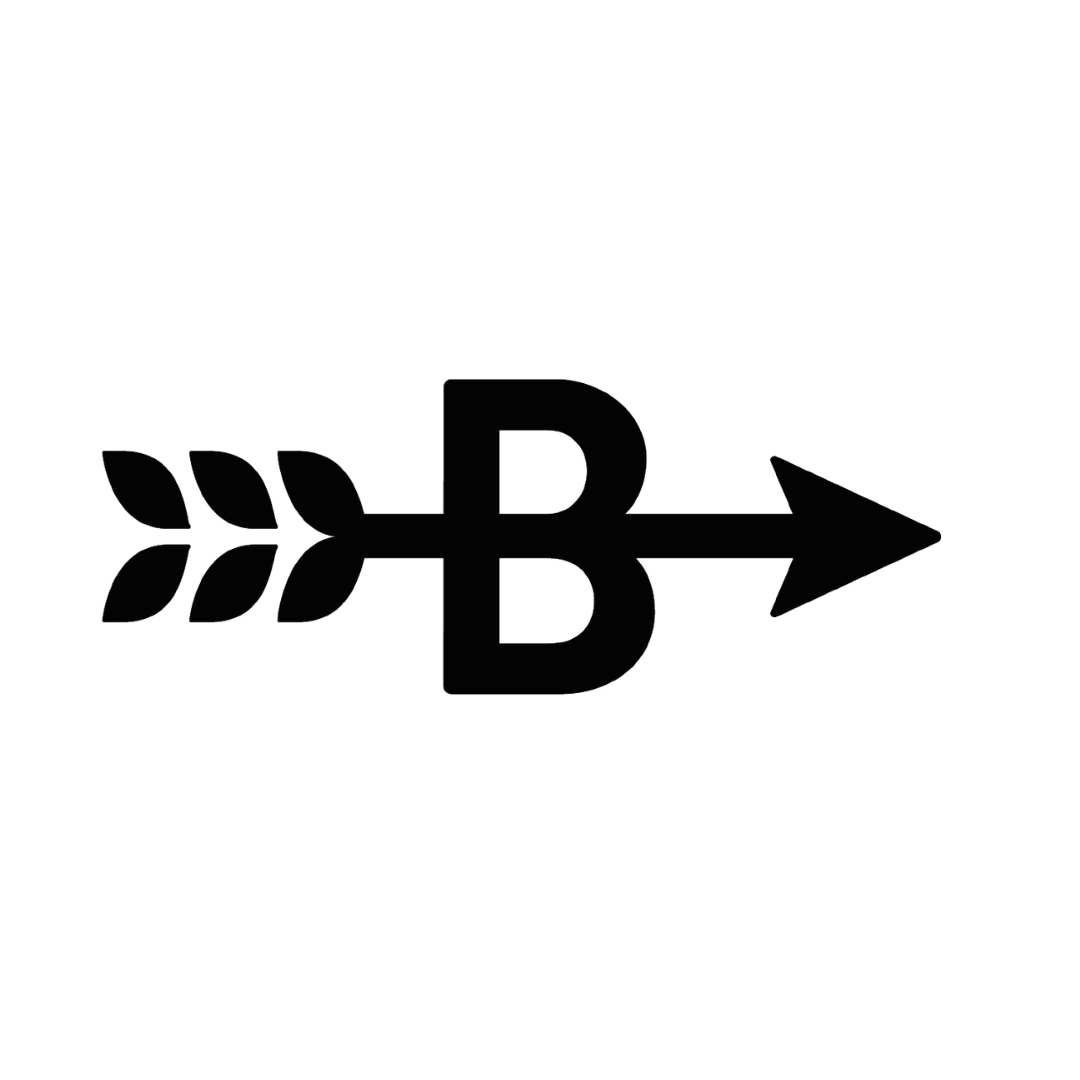Making sourdough: tips & tricks from Breadwinners
Learn how to become a dough pro!
Beginners Sourdough Recipe
Here’s a copy of the sourdough recipe provided in our sourdough kit, which was created in partnership with baker Alessio. For a more complex recipe, scroll down to the section on advanced sourdough techniques. You’ll also find links to more info on shaping and scoring your bread, plus looking after your sourdough starter, below.
1. Combine your ingredients
The first stage is to mix together 375ml of warm water with 2tsp of salt. Then take 100g of your sourdough starter and use a fork to mix it into the water. Add 500g of flour to the wet mixture and bring together with your hands until it becomes a rough (or "shaggy") dough.
2. Stretch it out
The next step is to knead the dough with the stretch and fold method. You can do this whilst keeping it in the bowl. Pull the dough up or to the side to stretch it out, then fold this bit of dough over into the centre. Stretch and fold this 4-5 times.
Pop the dough aside for 30 minutes before repeating the stretch-and-fold process. Ideally, you should do this every 30 minutes for the first two hours (four times). If you're busy, skip this step, but you might find that your loaf is little less "holey".
3. Time to rise
Next, cover the bowl and leave it at room temperature until it has doubled in size; this could be anywhere from 3-12 hours. It will take less time the warmer the room.
4. Shape and proof your bread
Turn your dough out onto your floured work surface. Shape your bread into a rounded ball with floured hands and prepare your proving basket by lining it with the fabric liner and a dusting of flour. Pop the bread in the basket. Prove the dough in the fridge overnight or up to 48 hours.
5. Bake your loaf
Heat your oven to 220C and, if you have one, place your casserole dish into the oven to warm up. Get your loaf out the fridge and turn it out onto a piece of parchment paper. Score the top of the loaf in a cross using your scorer (or "lame").
If you are using a casserole, transfer the loaf into this. If not, place your loaf on a baking tray and place a second baking tray filled with a little water on the lowest shelf of your oven. This will keep the oven more humid. In the casserole, bake for 30 minutes covered and then 15 minutes uncovered. If using a tray, bake for 30-45 minutes until crusty and golden brown on the outside.
6. Eat and enjoy!
Levelling up: advanced sourdough techniques
Breadwinners supporter and amazing home baker Ni has provided us with her more advanced tips and tricks for make amazing sourdough. You can check her recipe out here. She also wrote lovely piece on bread and its ability to connect us, which will be available on our blog soon.
Shaping and scoring your bread like a pro
Here are some great resources on how to shape and score your bread to make it look beautiful:
This video by Leslie Osborne tells you how to shape bread inside a cast iron pot or loaf pan. It also covers scoring. She uses a larger metal scraper here, this is equivalent to the blue scraper provided in the kit.
Also check out this video from Easy Tiger for more tips on different types of scoring with a bread lame. (They have a group of bakers called Breadwinners, which is a coincidence and nothing to do with us!)
After lockdown restrictions lift, we are hoping to get a video of our baker Alessio doing this to show you how, too!
Caring for your sourdough starter
The sourdough starter gifted along with your kit (bakeries’ special sourdough starters can never be sold, by baker tradition, only gifted) can be used to make many loaves to come, if you treat it right. This means regularly adding flour and water to your starter so the yeast in it can keep leaving and growing, and developing more and more flavour!
Top tip: name your starter! Seriously, it will help you remember to feed it. Plus, it’s fun.
Here’s a great blog post by Alexandra’s Kitchen on how to feed and maintain your starter.



